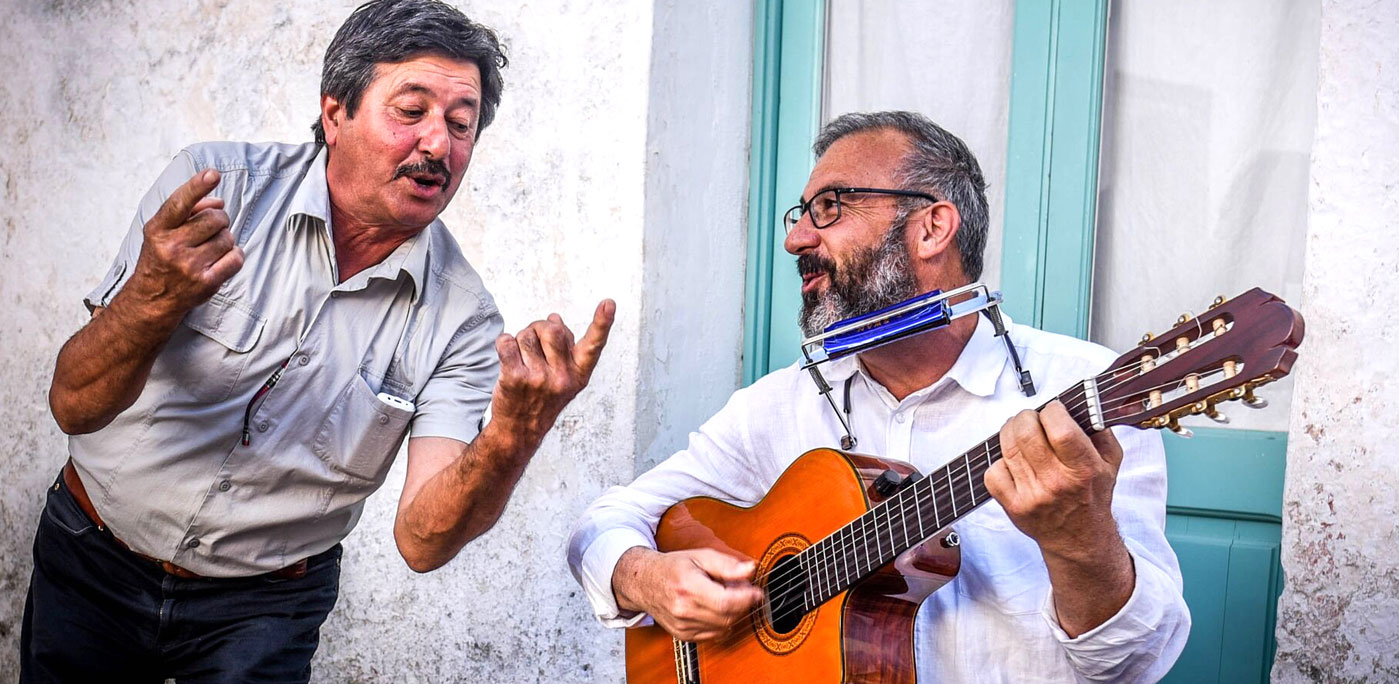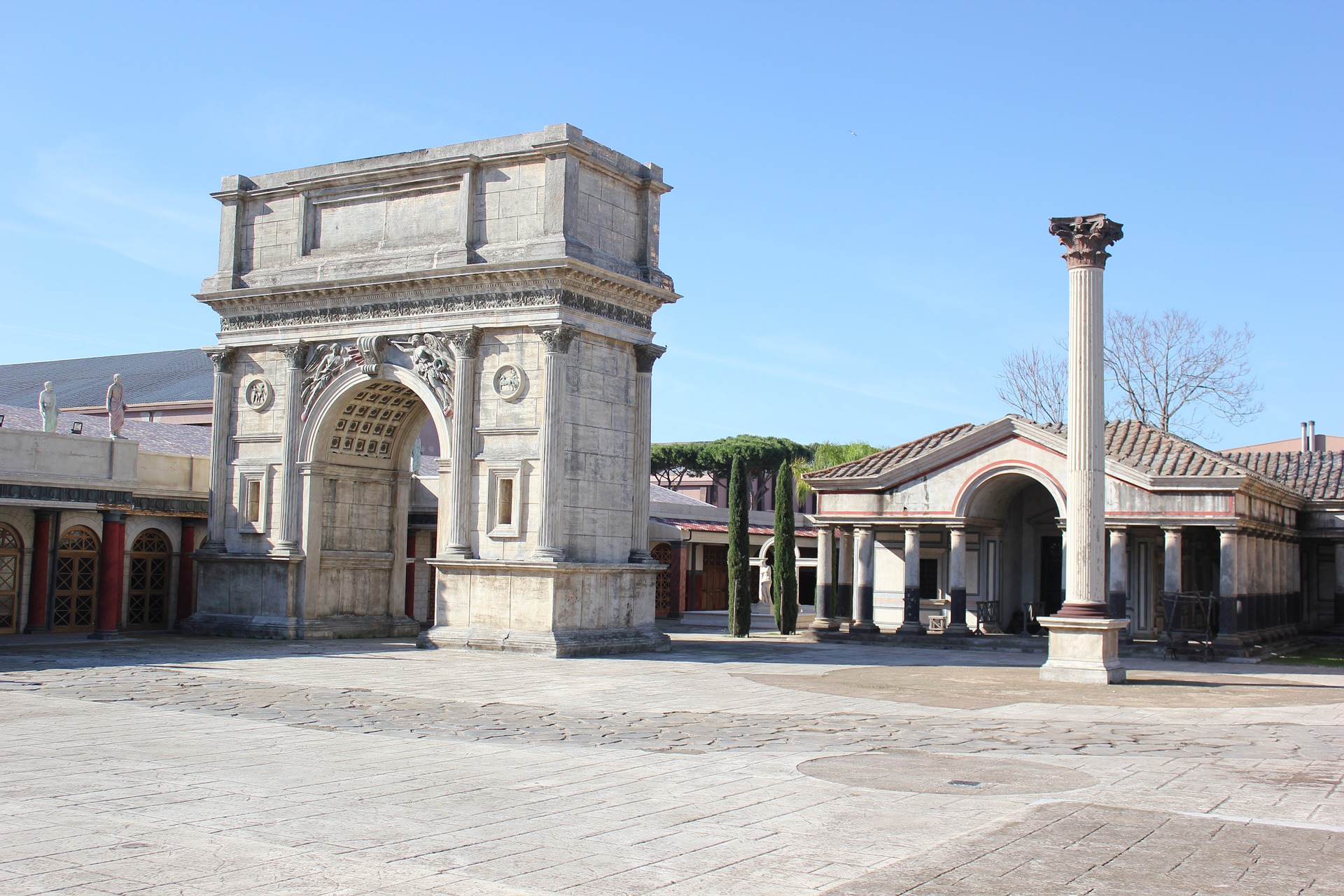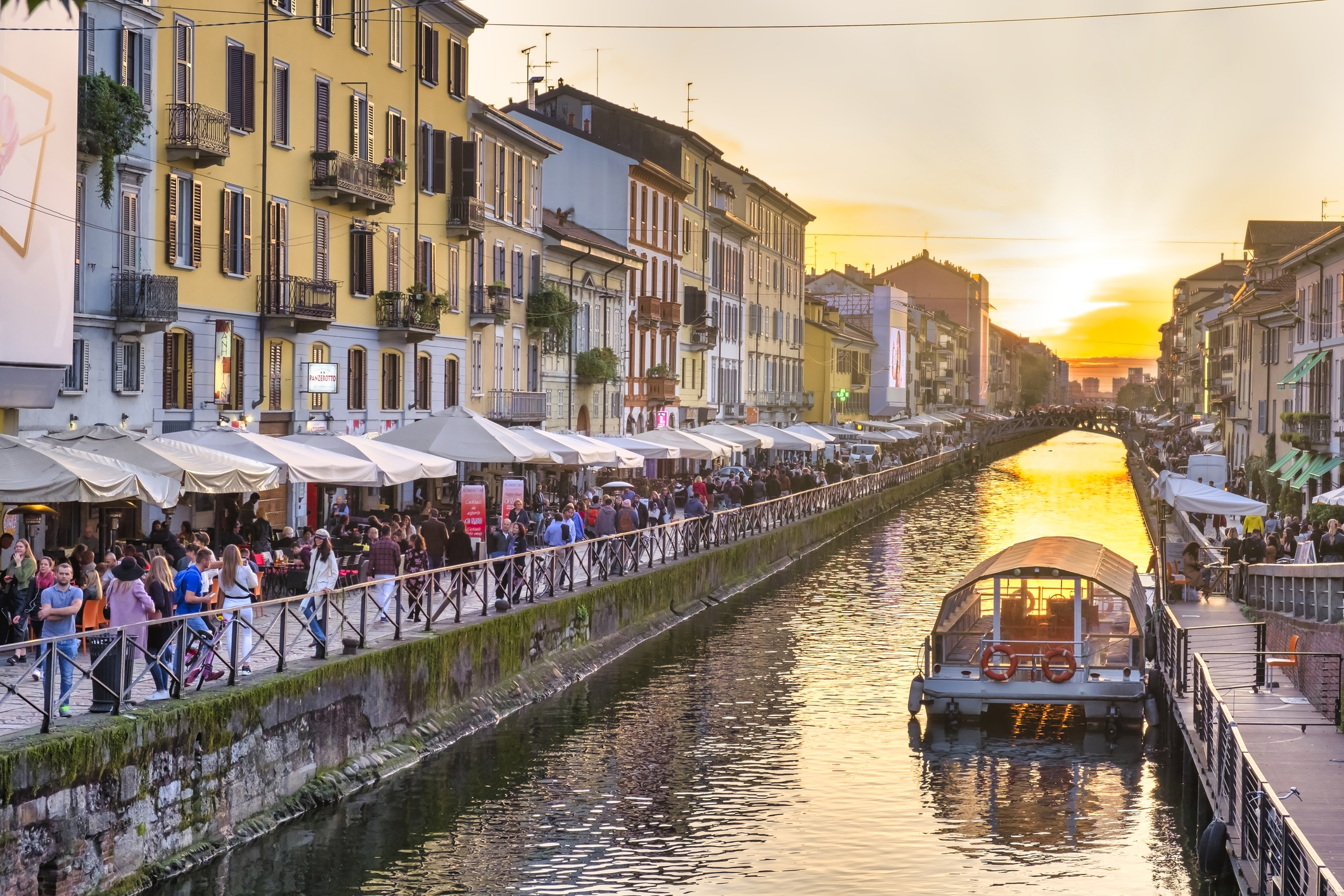On August 5th “La notte della Taranta” music festival began under the starry sky of Salento, or Apulea, an area in the region of Puglia. It’s one of Italy’s biggest festival and one of Europe’s most important events dedicated to folk music.
“La notte della Taranta”, literally “the Taranta night” was born in 1998 by initiative of the “Unione dei Comuni della Grecìa Salentina” (“Union of the Municipalities of Salentine Greece”) and the “Diego Carpitella” Institute.
In fifteen years the festival has enjoyed tremendous growth in size, audience and international prestige and has explored the fusion of Salento’s folk music with other types of music, such as rock, jazz, or classical music.
Every year the festival culminates in the “Final Concertone di Melpignano” (Lecce), a concert attended by an average of 120,000 spectators. The night is made unique by inviting a “Maestro Concertatore“, an orchestra leader, to arrange and interpret classics from the local musical tradition, directing a group of nearly thirty musicians from Salento, together with exceptional guests from Italy and abroad.
Some of the “Maestri Concertatori” who have contributed to the impressive growth of the “La Notte della Taranta” include Daniele Sepe (1998), Piero Milesi (1999 e 2001), Joe Zawinul (2000), Vittorio Cosma (2002), Stewart Copeland (2003), Ambrogio Sparagna (2004, 2005, 2006), Mauro Pagani (2007, 2008, 2009), Ludovico Einaudi (2010, 2011), Goran Bregovic (2012), and Giovanni Sollima (2013). Among the many famous musicians who participated to the festival there are Franco Battiato, Gianna Nannini, Raiz, Lucio Dalla, and Carmen Consoli.
The Taranta, a traditional dance that is part of the larger family of the so called Tarantella, and characterized by a fast upbeat tempo dance accompanied by tambourines, finds its roots in the ancient Greek myths. According to these, Tarantism was a ritual where victims who had collapsed or were convulsing would begin to dance with appropriate music and be revived as if a tarantula spider, the Mediterranean black widow, had bitten them.
The city of Taranto was named after the tarantula, whose bite was popularly believed to by highly poisonous and to lead to the hysterical condition of Tarantism, later called Tarantella. The legend says that someone who had supposedly been bitten by a tarantula had to dance to an upbeat tempo to sweat the poison out.
Old documents found in the Apulea area, which mention the relationship between musical exorcism and the tarantula spider, are dated around 1100 BC. Other researchers propose that the dance is a survival from a Dionysiac cult.
The tarantella music is also believed to have hypnotic effects, especially when people are exposed to the rhythm for a long period of time. Nowadays the music is used in therapy for patients with certain forms of depression and hysteria, and its effects on the endocrine system recently became an object of research.
What is certain is that the Tarantella is a fascinating ancient dance, strongly rooted in Puglia’s tradition.
Whoever witnesses a Tarantella dance accompanied by its traditional music, is instantly captivated by its rhythm and movements and can’t help but start to dance as well. If you are planning to travel to Puglia, don’t miss “ La Notte della Taranta” festival, and together with many young artists and groups of famous musicians you will contribute to keep the tradition alive.






























